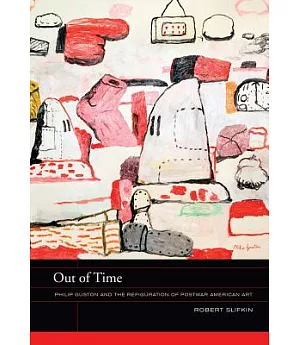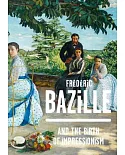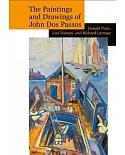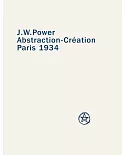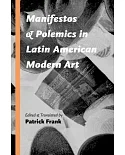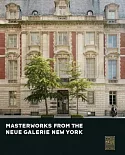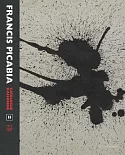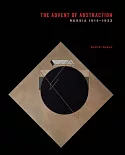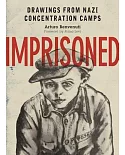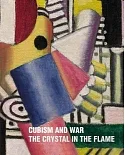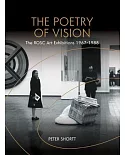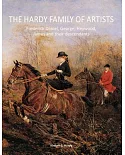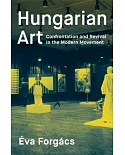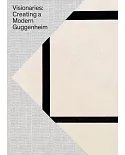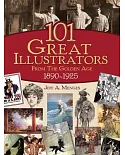'Focusing on the thirty-three paintings Philip Guston exhibited at the Marborough Gallery in 1970, this in-depth account reconsiders the history of postwar American art and the conception of
figuration in modern art history. Through a myriad of cultural touchstones, including evidence from literary and musical vogues of the period, this book examines the role of history as both
artistic medium and creative catalyst to Guston's practice as a painter. Employing a wealth of visual examples, archival materials, and original scholarship, Robert Slifkin situates Guston's
paintings within broader artistic debates of the time, using the cultural movement of 'the sixties' as its orienting foreground. Through this historical framework, he crafts an interface
between the notions of time in art and time in the material world. Lively and edifying, this comprehensive text productively complicates the prescribed traditions of postwar art history and, in
turn, shifts our perception of Guston and his place in the domain of modern art'--

